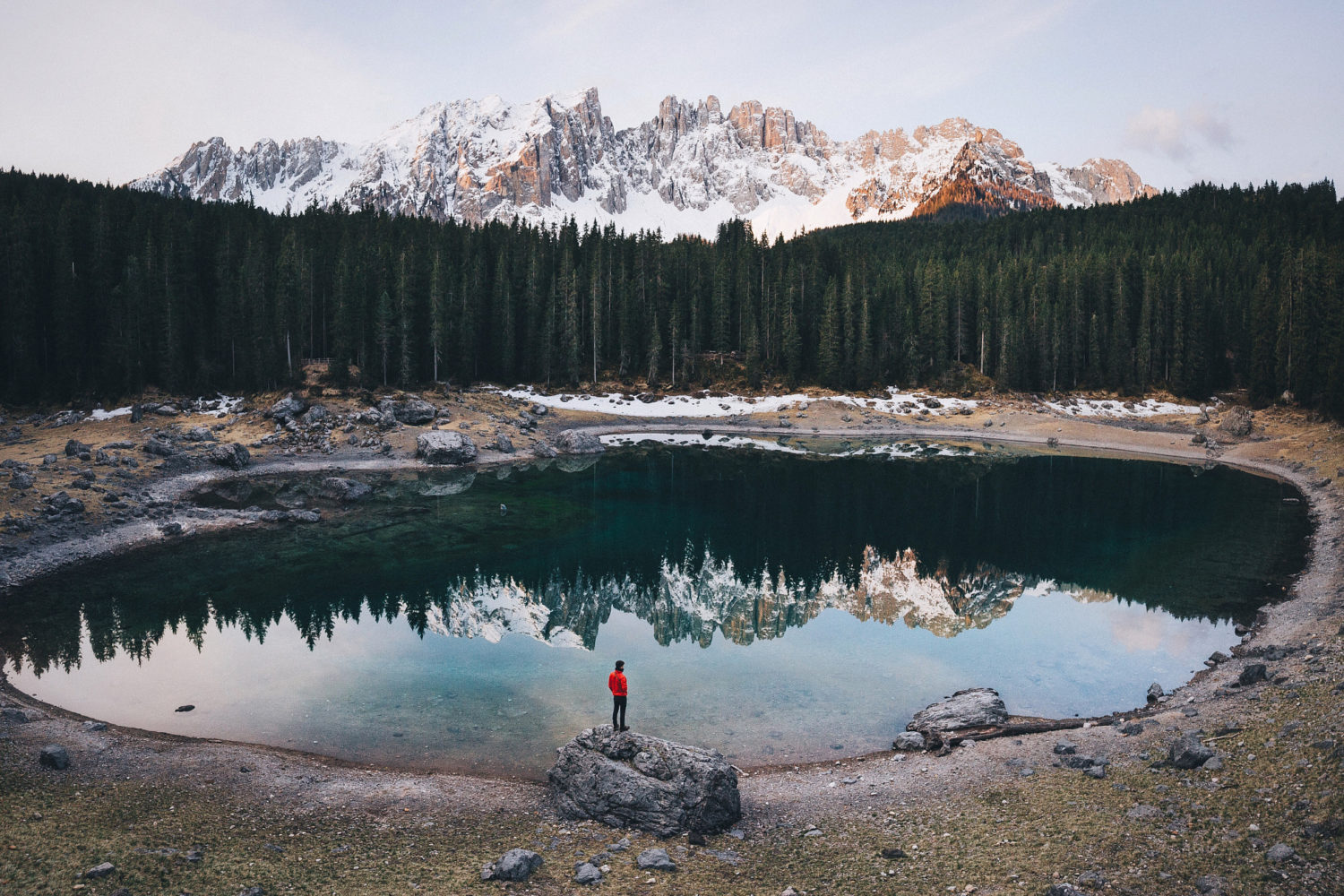Working on both sides of the creative industry, Natta Summerky is a content editor at 500px and a professional photographer. Read on as she reveals some helpful insights and advice for improving your photography and workflow.
A question we get asked a lot is how to get more followers and attract healthy interactions to your profile on 500px. So today, I will share some tips and hacks to professionally showcase the best of what you’ve got, get people to remember and follow your work, and start building a solid client base. Here are the five hacks I’ve gathered working on both sides of the industry, as a professional photographer and a content curator…
1. Constantly edit your portfolio. Whether you are just starting, or have already accumulated some shots you are really proud of, a good idea is to always take some time and take a step back to trim and re-edit your portfolio. Make sure it is always consistent color-wise, has your recent work and does not include multiple takes from the same shoot if they are only slightly different from each other. Mix and match your photos in an interesting way, put your wide angle shots next to close ups and see if you can make a connection, a story even if the shots might not be taken around the same time. If you see that your older pictures don’t match your current style don’t hesitate to either delete them or, if you are feeling sentimental, put them in one of your galleries and out of your Profile. Think of your Profile as of an expensive and well curated store display: nobody will believe that you are a creative and expensive shoemaker if they see 20 pairs of outdated dusty similar brown shoes on display. Ask your artist friends for a second opinion and have them ‘weed out’ less interesting shots.
2. Forget about your watermark. As much as we all don’t like our pictures stolen or used without credit, probably all professional and truly successful photographers never stamp their photos with a watermark. In the early days, it was an artistic tool to make sure a buyer knows that a particular work is genuine and carried a certain “quality stamp” attitude with it, but nowadays watermarking is primarily used by amateurs and therefore is regarded as a bold sign of unprofessionalism. Your work should speak for itself and be recognizable, not your watermark. And after all, you did not believe that a piece of text and a logo really protected you from copyright infringement, did you?
3. Be aware of creative trends and work your style around them. That includes following such trends closely in a timely manner, or on the contrary, ignoring the established trends and working to find some new photographic elements that might develop into future trends. Be in close contact with photographic community, check our Editor’s Choice page and subscribe to contemporary photo and design magazines. Although certain subjects are timeless and will be photographed year after year, many ideas tend to age really fast. For example, if you are shooting stock photography, refrain from photographing people or objects on white or black background – yes, technically there’s nothing wrong with that and such photographs can be done with a great amount of skill and talent but currently this is not what buyers generally are looking for. Another thing you might consider not putting into your primary professional portfolio are detail shots of flowers, insects and such unless it’s done in a truly unique and technically challenging way.
4. Post your work continuously, at least once a week, every week! At first it might be challenging: taking pictures every time you have an opportunity and making sure the work you are posting is up to your standards. But as it is true with any habit, only the first step is the hardest while the reward will be very gratifying. Soon enough people will be finding your photos by themselves while the quality of your work will keep on increasing dramatically as you’ll have a community’s response. Dedication and consistency will also tell your audience that you are serious and passionate about your work and prompt them to keep an eye on you.
5. Finally, establish a good number of people whose work impress you a lot and follow them, checking their new work all the time. Nothing helps your evolution as a photographer faster than being in a challenging community and trying to re-create and re-think some of the ideas you’ve just seen.
Good luck!






Leave a reply